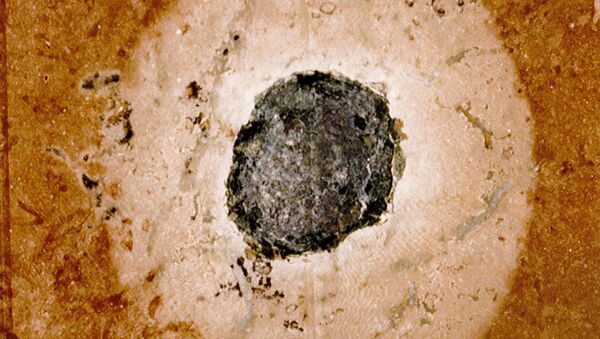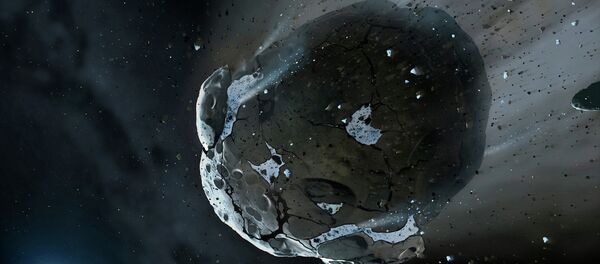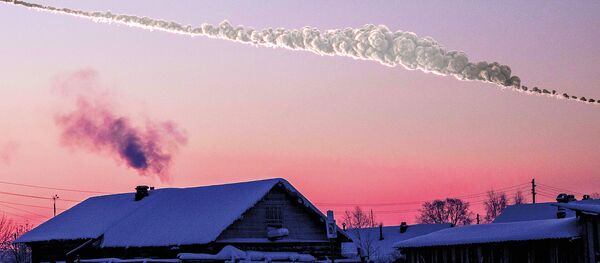"The two meteorite impacts occurred at the same time, 458 million years ago, and formed these two craters," Erik Sturkell, one of the researchers that discovered the craters, stated. Sturkell is a Professor of Geophysics at the University of Gothenburg.
"Around 470 million years ago, two large asteroids collided in the asteroid belt between Mars and Jupiter, and many fragments were thrown off in new orbits. Many of these crashed on Earth, such as these two in Jamtland," explained the professor.
The meteors hit Jamtland when the region was under the sea; the water depth was 500 meters. The force of the impact pushed away the water, and left the craters dry for one hundred seconds after the strike.

The scientists were able to identify that the craters were the result of simultaneous impacts by carrying out a drilling operation that demonstrated identical sequences of sediment above the craters, the larger of which has a diameter of 7.5 kilometers; the smaller crater, located 16 kilometers away, measures 700 meters across.



